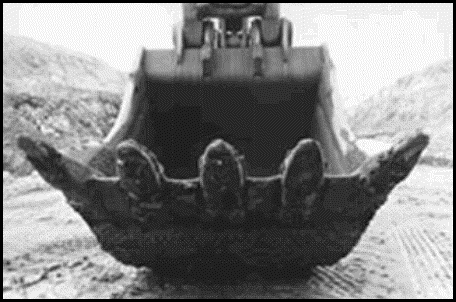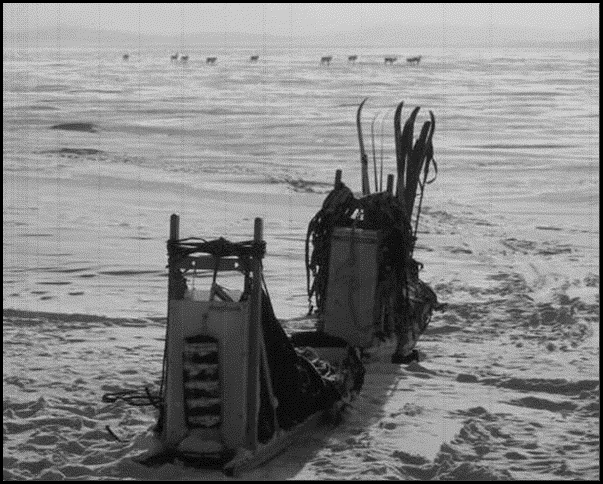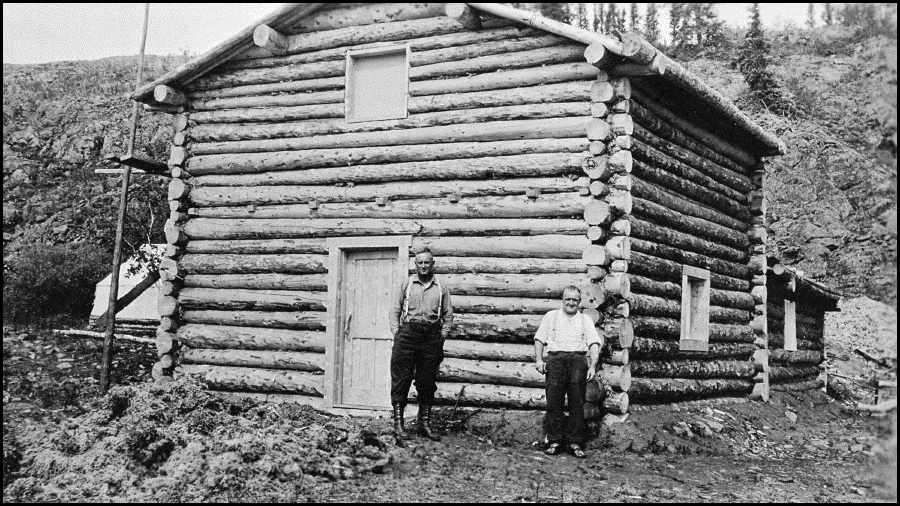Of the Atom
Peter C. van Wyck
(McGill-Queen's University Press)

Pitchblende is the mother of radium, what author van Wyck identifies as "the most valuable commodity on earth" (during his narrative, the price topped out at $25,000/gram). It is also the half-brother of uranium.
The Dene, being a sensible folk, were not interested in building bombs to flay innocent citizens, so the pitchblende was ignored; indeed, they stayed away from it. According to a report in Macleans magazine, it was to be avoided mostly because it smelled bad: "Indians of the area traditionally insisted that there was a peculiar smell to the atmosphere at LaBine Point."
Naturally, "this caused some merriment especially since our white man could not spot the alleged scent at all," reported Macleans.
The Déline had another problem with LaBine Point: "They believed it was bad medicine to pass in front of this rock: it was said that loud noises came from within it." A medicine man reported having a vision of white people going there to make a hole in the ground, with boats going back and forth on Great Bear Lake, then making something long "like a stick."
- I saw what harm it would do with the big bird dropped this thing on people --- they all died from this long stick, which burned everyone. The people they dropped this long thing on looked like us, like Dene ... but it isn't for now; it's a long time in the future. It will come after we are all dead.
This vision came from an elder of the Dene, Ehtseo Ayah, who died in 1940.
The Highway of the Atom isn't your typical tale of wise primitives coming in contact with greedy white folk ... although there are elements of that. It is not even primarily a discourse on radioactivity and an indigenous community now suffering with far more bodily ills as a result of that greed. Better, it is an exploration of responsibility ... such as, for example, who among us who is responsible for the destruction of Hiroshima and Nagasaki.
It also treats the art of telling a story (there is a fine story here) and the place of accidents and the hazards of chance in our world. Also, there are elements of history: how history does (and doesn't) work; how to rewrite the past; what is to be done with leakage (of water; of cold; of radioactive materials).
There is the proper place of North in the mythology of those of us who live to the south; too, there is imagination, and the place of tales in the life of the Dene ... indeed, in all our lives.
There is Freud's notion: that the whole of mankind is potty. And, if the world is mad, what can we use as a bellwether to measure this madness? If we live in a world full of nut-cases, who is to define sanity? It is similar, says the writer, to the concept of "body count:" who is to do the counting?
Then there is the matter of "archival absence" --- especially in reference to bombs and governments and innocent citizens (of the U.S., of Canada, of the world) exposed to bombs without their specific knowledge, anticipation, and permission.
Finally, in the passage of people and certain resources, we must ask how one seeks (and later reinvents) a path, the way, a highway. How do you reconstruct such a way long after people think ... they may be wrong, especially with regards to radioactive material ... that the path has ceased to exist.

